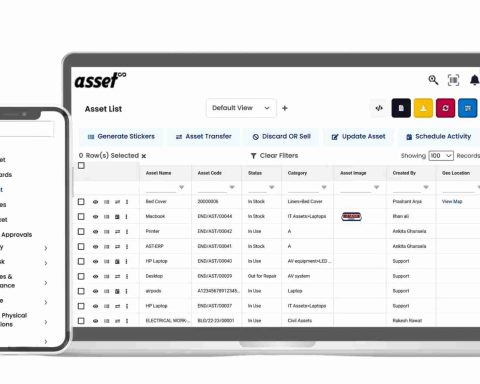Welcome to the world of market inefficiencies and arbitrages. For those unfamiliar with these terms, they may seem daunting and complex. But fear not, for this comprehensive guide will break down these concepts into easy-to-understand explanations and show you how to navigate them to find potential financial opportunities. Whether you are a seasoned investor or just starting, understanding market inefficiencies and using arbitrage strategies can make potentially lucrative trades and maximise your investments. So, let’s dive into arbitrage together and discover how to take advantage of these opportunities within financial markets.
Introduction to market inefficiencies and their impact on investments
Before we delve into arbitrage, it is vital to understand market inefficiencies and how they can affect your investments. In simple terms, market inefficiency refers to an asset or security’s price not accurately reflecting its value. It creates opportunities for investors to buy undervalued assets and sell overvalued ones to make a return.
Market inefficiencies can occur for various reasons, such as information asymmetry, irrational investor behaviour, and market anomalies. These factors can cause the market to deviate from its rational state and create opportunities for arbitrage strategies to be employed.
The impact of market inefficiencies on investments is significant. By identifying and taking advantage of these inefficiencies, investors can generate higher returns on their investments and outperform the market. However, it is essential to note that market inefficiencies are only sometimes present and can be challenging to identify, requiring thorough research and analysis.
Understanding the concept of arbitrage and its role in correcting market inefficiencies
Now that we have a basic understanding of market inefficiencies, let’s explore how arbitrage works. In simple terms, arbitrage is buying an asset at a lower price in one market and selling it at a higher price in another market to make a return.
The idea behind arbitrage is to exploit discrepancies in prices between different markets. It can occur for various reasons, such as market inefficiencies, currency fluctuations, and timing differences. By taking advantage of these price discrepancies, arbitrageurs can make a risk-free profit.
For example, if a stock is trading at $10 on the New York Stock Exchange (NYSE) but its equivalent in another exchange, say the London Stock Exchange (LSE), is trading at $12, an arbitrageur can buy the stock on NYSE and sell it on LSE for a profit of $2 per share.
Types of arbitrages
Investors can employ various types of arbitrage to take advantage of market inefficiencies. Some common types include:
Risk Arbitrage: This involves buying and selling securities of companies involved in a merger or acquisition. The goal is to capture any price discrepancies between the stock price before and after the merger, making a profit from the difference.
Cash-and-Carry Arbitrage: This type of arbitrage involves buying an asset in one market with cash and simultaneously short-selling it in another market for a higher price. The asset is then delivered to the buyer in the second market, and the arbitrageur profits from the price difference.
Triangular Arbitrage: Also known as cross-currency arbitrage, this involves taking advantage of exchange rate discrepancies between multiple currencies. An arbitrageur can take advantage of the difference by buying and selling different currencies at different rates.
Risks and challenges associated with arbitrage strategies
While arbitrage can seem like a surefire way to make returns, investors must be aware of the risks and challenges associated with these strategies. Some common challenges include:
High competition: With the rise of technology and algorithmic trading, competition in arbitrage has increased significantly. It means that potential price discrepancies are identified and acted upon quickly, leaving limited opportunities for arbitrageurs.
Execution risk: Arbitrage strategies require timely execution to take advantage of price discrepancies. Any delays or technical issues can result in missed opportunities and potential losses.
Liquidity risk: Some assets may have low liquidity, making it challenging to execute an arbitrage trade quickly. It can lead to price fluctuations and the potential for losses.
Regulatory risks: Different countries and markets have varying regulations and restrictions that can affect arbitrage opportunities. Understanding and complying with these regulations when engaging in arbitrage strategies is essential.
Conclusion
In conclusion, understanding market inefficiencies and employing arbitrage strategies can be a valuable asset for investors. By taking advantage of these opportunities, investors can potentially generate higher returns on their investments and outperform the market.
However, conducting thorough research and understanding the risks involved is essential before implementing any arbitrage strategy. With this guide, we hope you better understand market inefficiencies and how to navigate them using arbitrages. So go forth and explore the world of arbitrages with confidence. Remember to always stay informed and make well-informed investment decisions.






